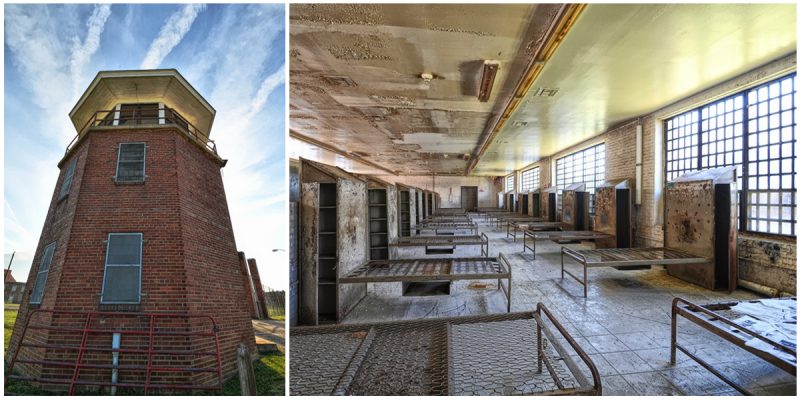The Lorton Reformatory was a prison built in 1910 by the federal government for the District of Columbia as a Progressive Era experiment.
The Lorton never quite looked like a typical prison. The prison originally had no fences or bars, symmetrical dormitory complexes were constructed instead of cellblocks, and no walls or watchtowers surrounded the sites. Photos: Forsaken Fotos/Flickr
The brick buildings were built by the prisoners themselves, using brick manufactured at the on-site kiln complex located on the banks of the Occoquan. Altogether, Lorton consists of 2 million square feet of building space spread out over 3,000 acres.
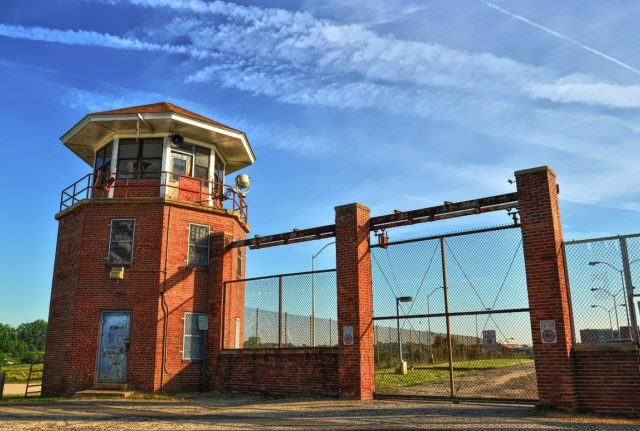
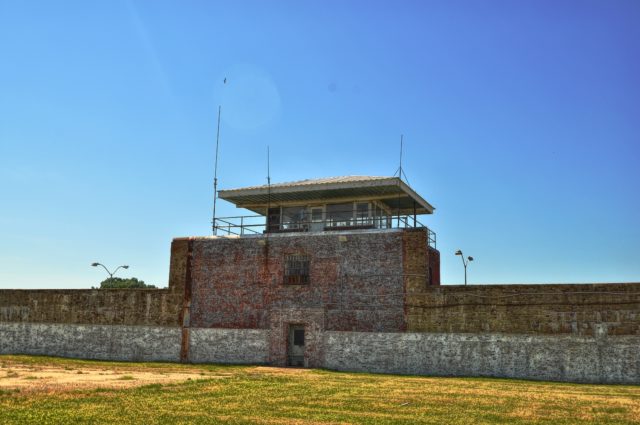
It opened in 1916 as a facility for less serious offenders in the Lorton Correctional Complex. From its earliest days until the closure of the Dairy in September of 1998, farming was a part of prison operations.
Prisoners provided the labor that tilled the fields, ran the dairy, poultry ranch, slaughterhouse, and harvested the crops, along with other farming activities.
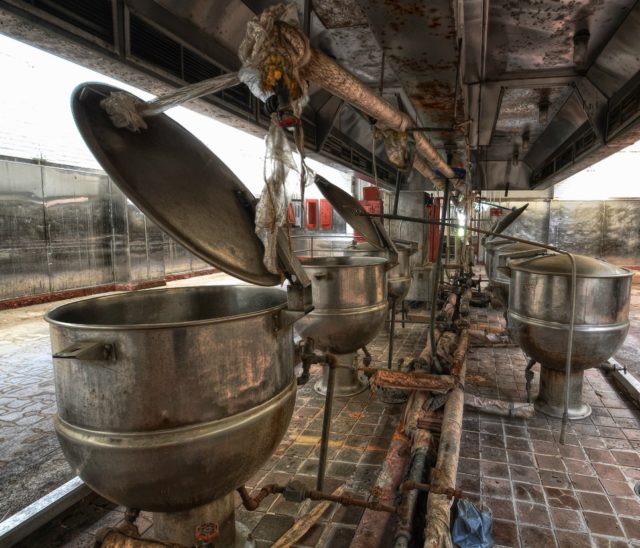
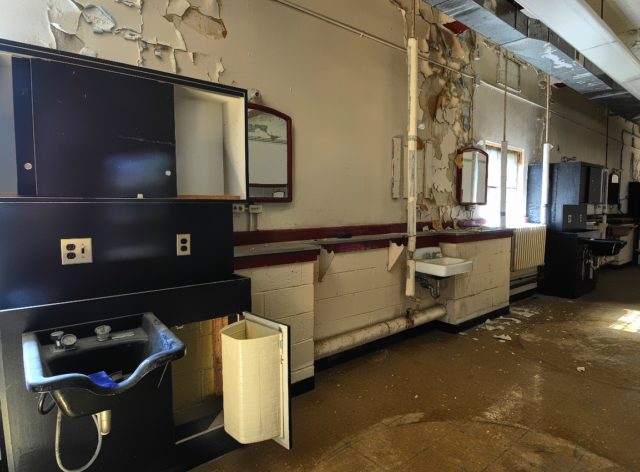
The Youth Center, housing 18-22-year-old prisoners, opened in 1960 and was established due to the post-World War II era anti-juvenile delinquency law Federal Youth Corrections Act of 1950.
It was located next to the Fairfax County Landfill and in proximity to the prison’s dairy farm.
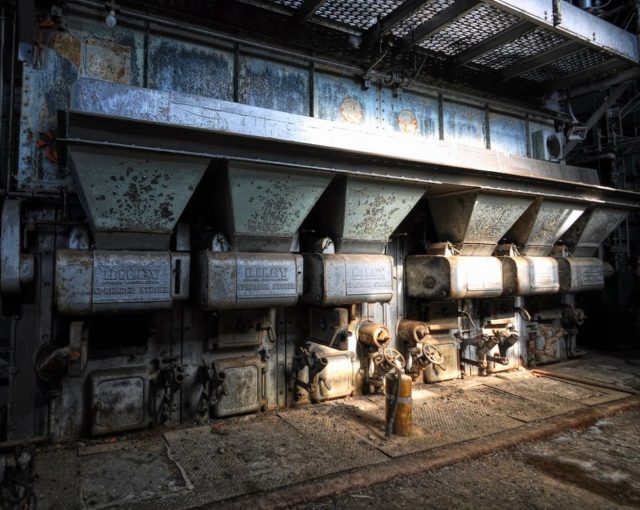
Lorton was also the site of a bunker used by the government from 1959 to 2001 that housed emergency communications equipment to be used in the event of a war with the Soviet Union.
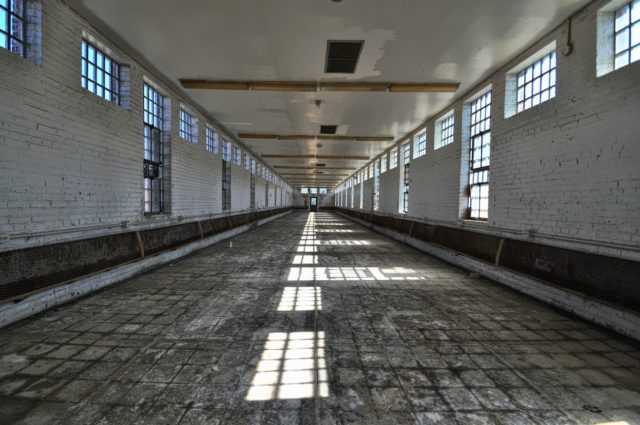
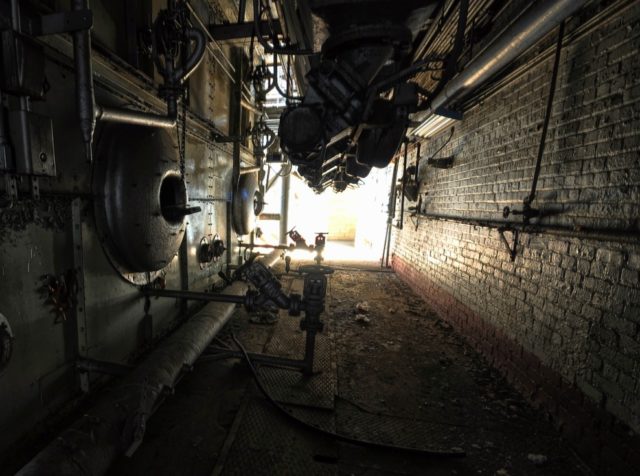
Initially, only the maximum security section was fenced, but fences were established for other sections in the 1970s due to area politicians asking for the closing of the prison and increased concerns over prison escapes.
By the mid-1980s, the Lorton complex consisted of four separate prisons and over a million square feet of space. At its peak, it was home to more than 10,000 men and women convicted of crimes ranging from simple drug possession to multiple murders.
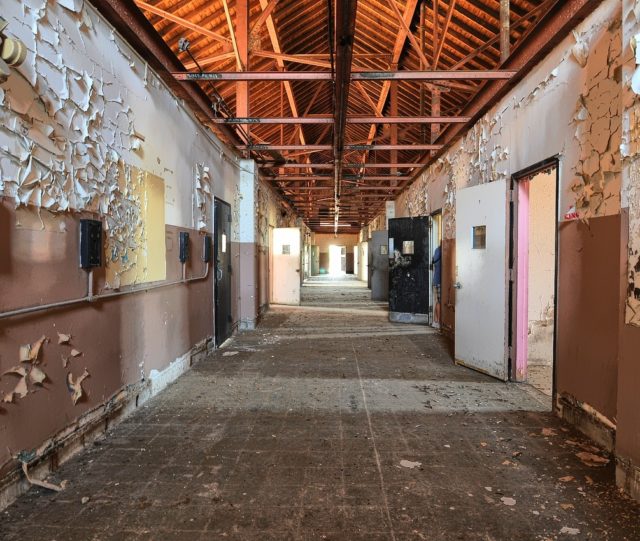
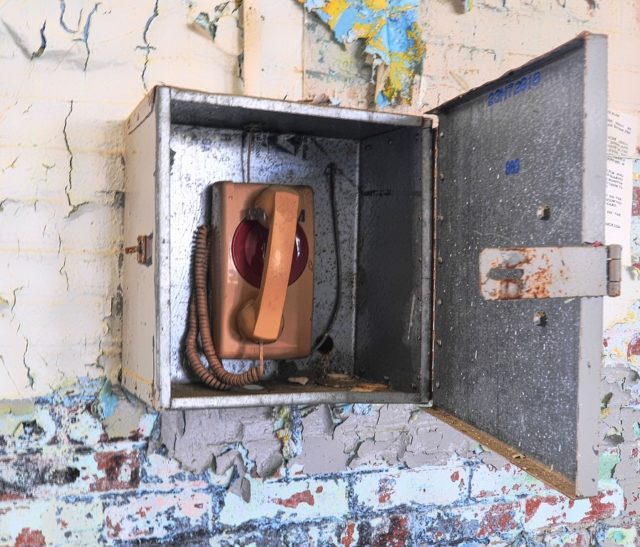
However, in its later years, it became known as an outdated and badly overcrowded facility. The last prisoners were removed from Lorton Reformatory late in 2001.
Many of the structures where prisoners once lived are hidden behind patches of trees, away from the road. Since February 16, 2006, the site has been part of the D.C. Workhouse and Reformatory Historic District.
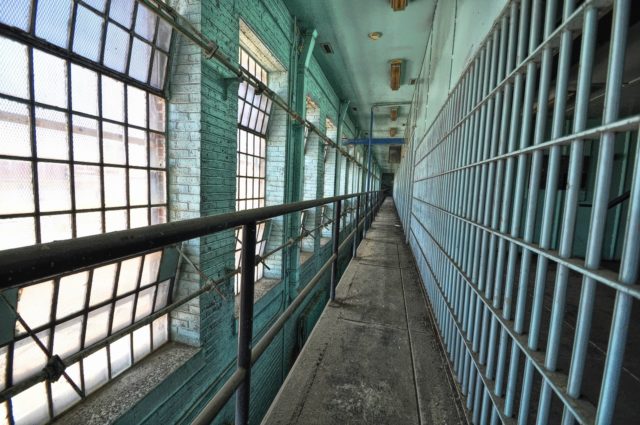
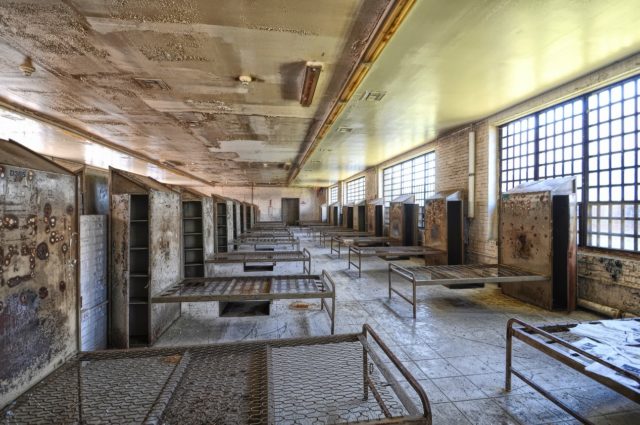
These days, the most recognizable part of Lorton is likely the old Reformatory, now called Central Facility, a collection of red-brick dormitories set back behind rows of razor wire and fences. A team of developers is readying to launch the conversion of the former Lorton Prison complex into a mixed-use village (a $150 million project), аnd they will call it Liberty Crest at Laurel Hill.
